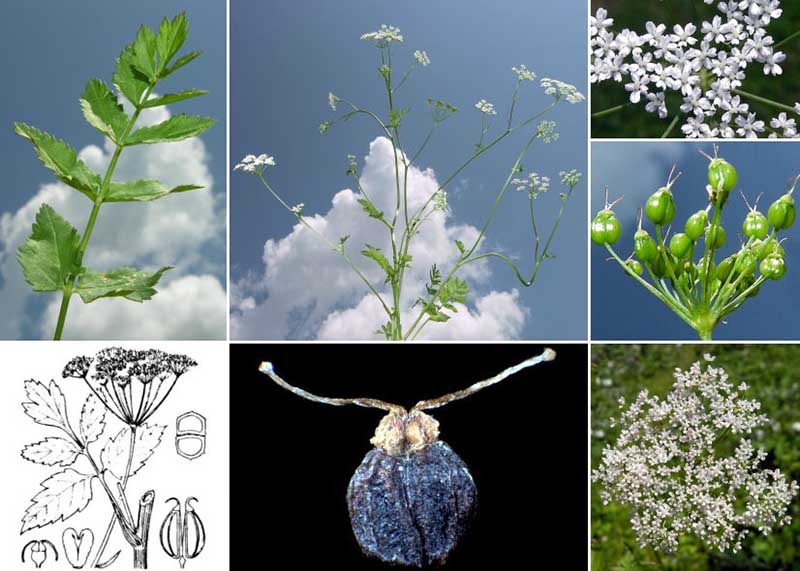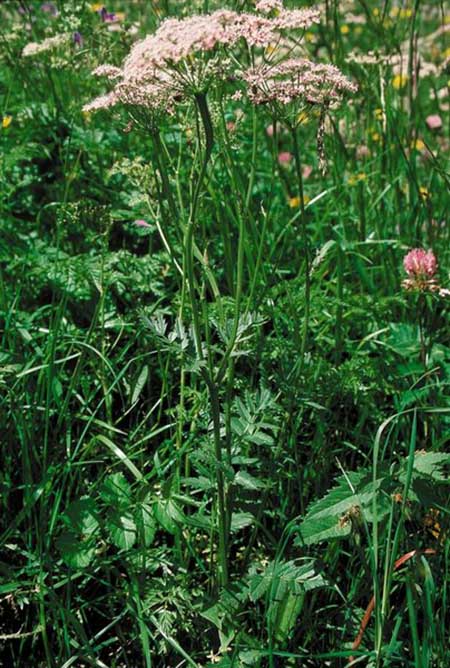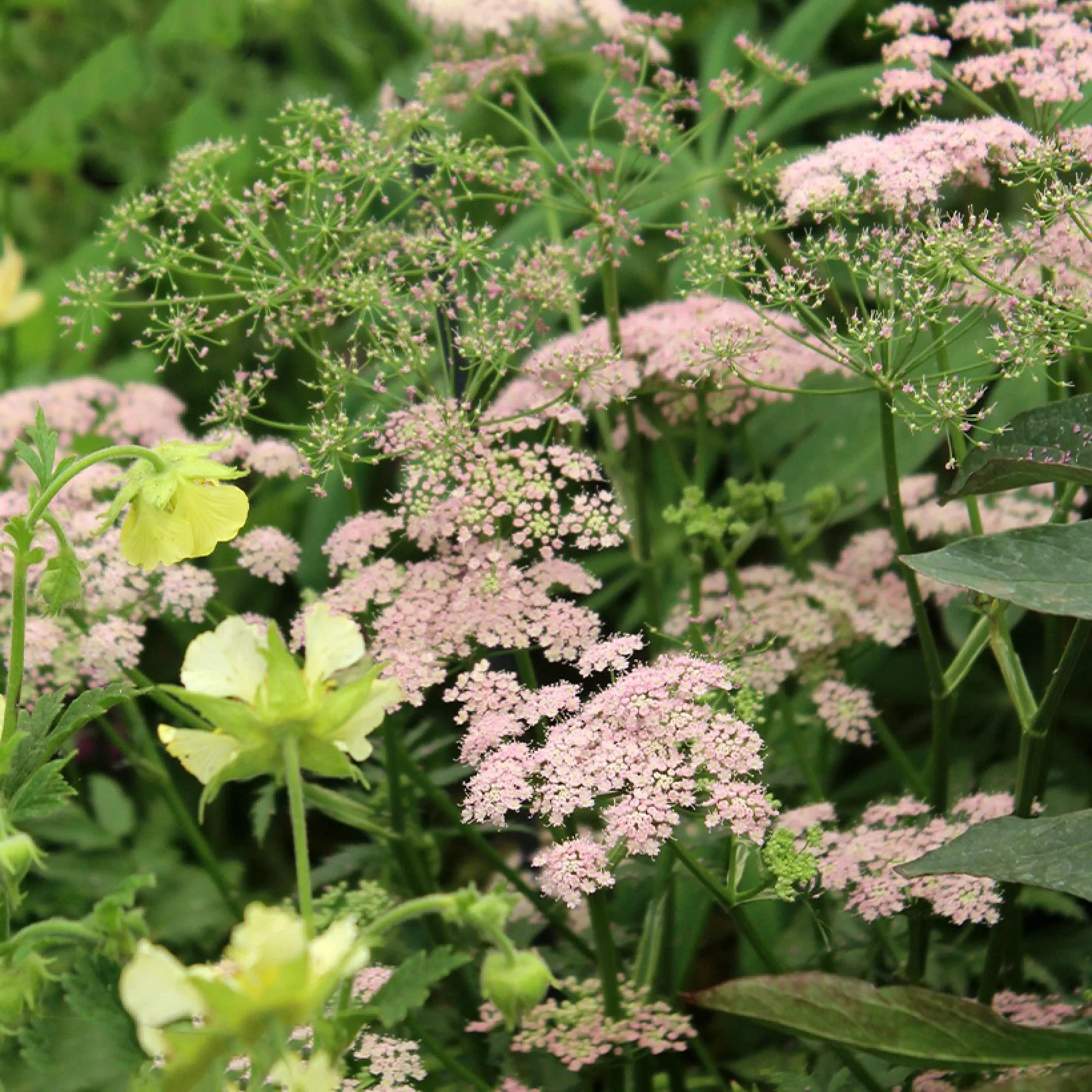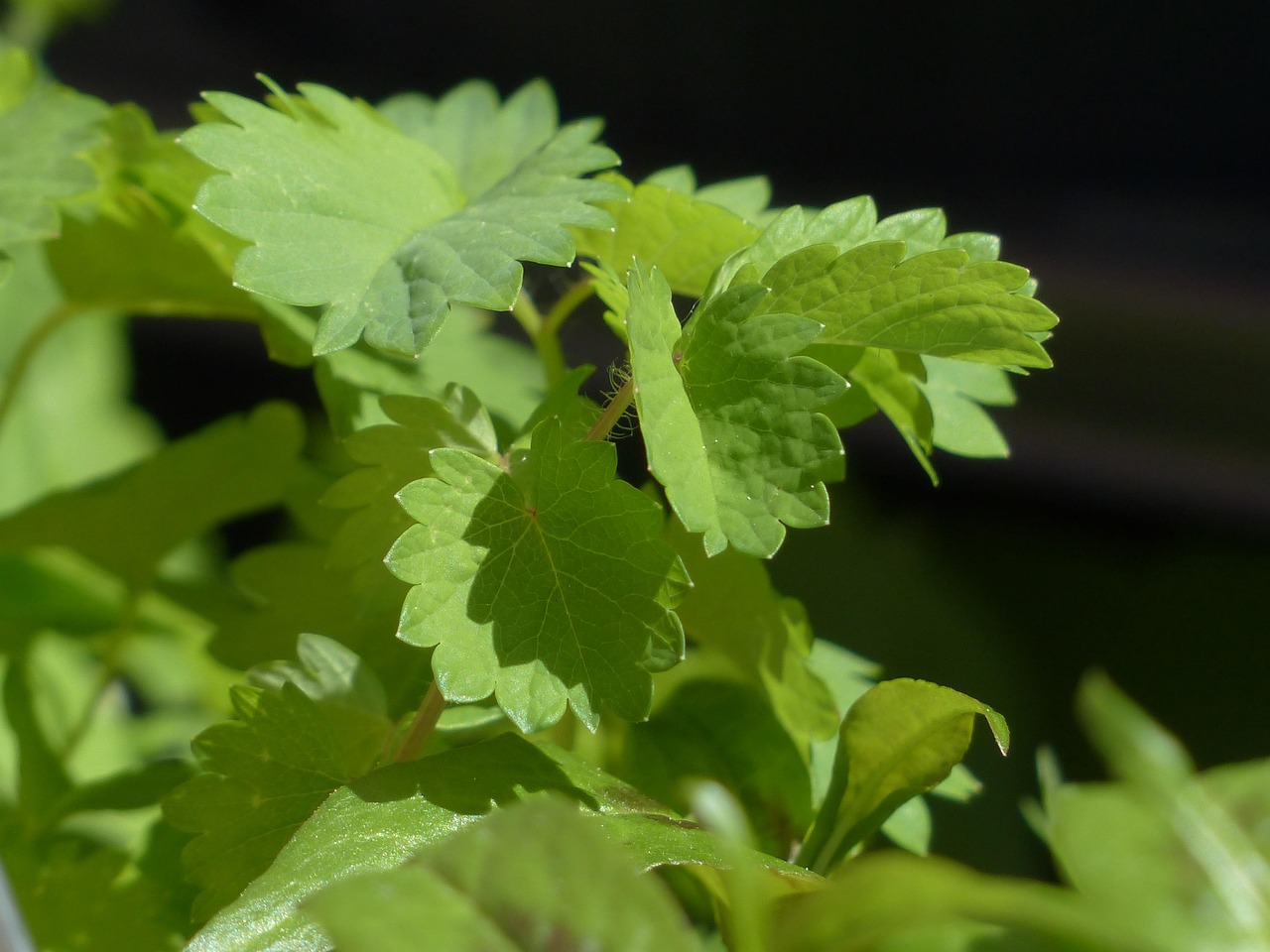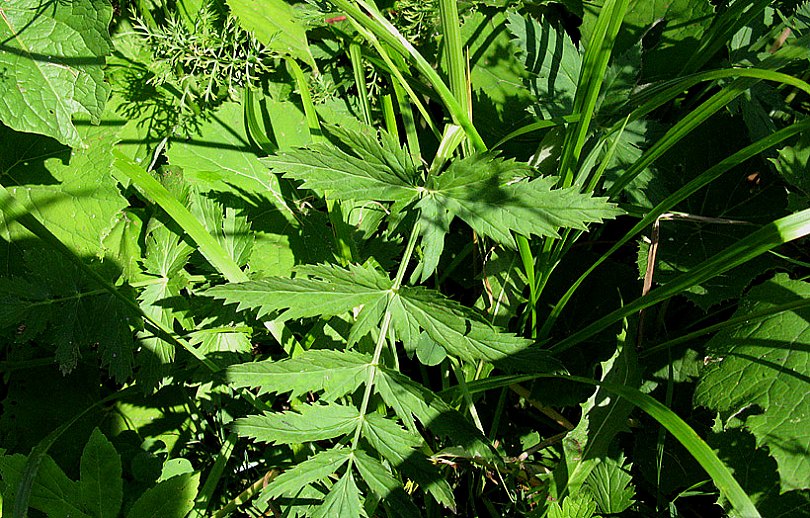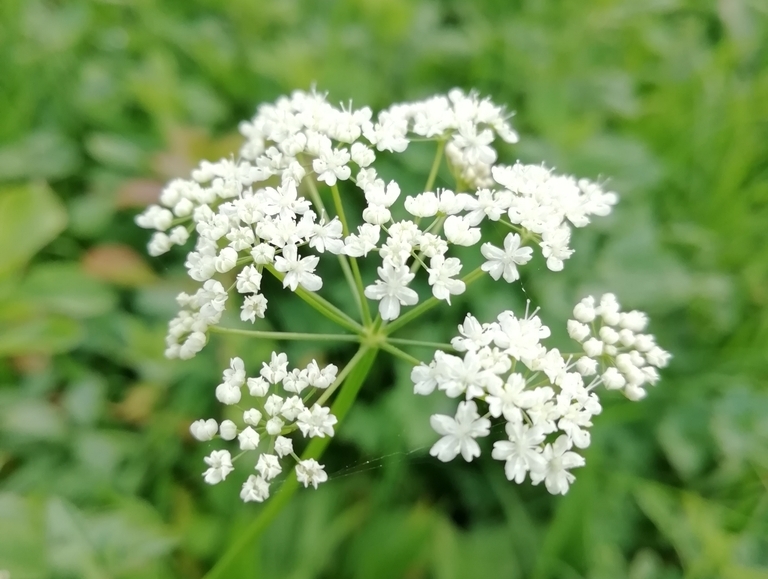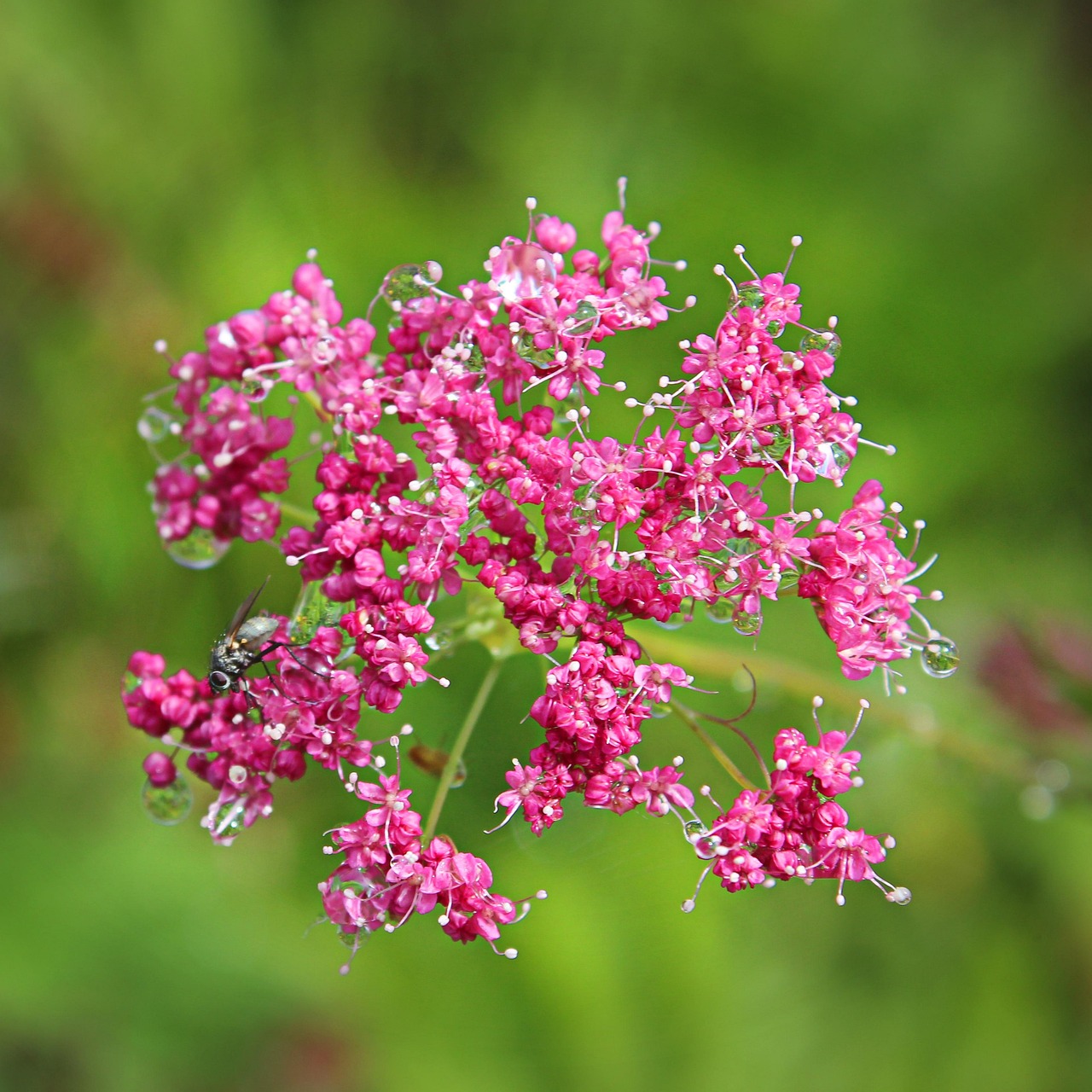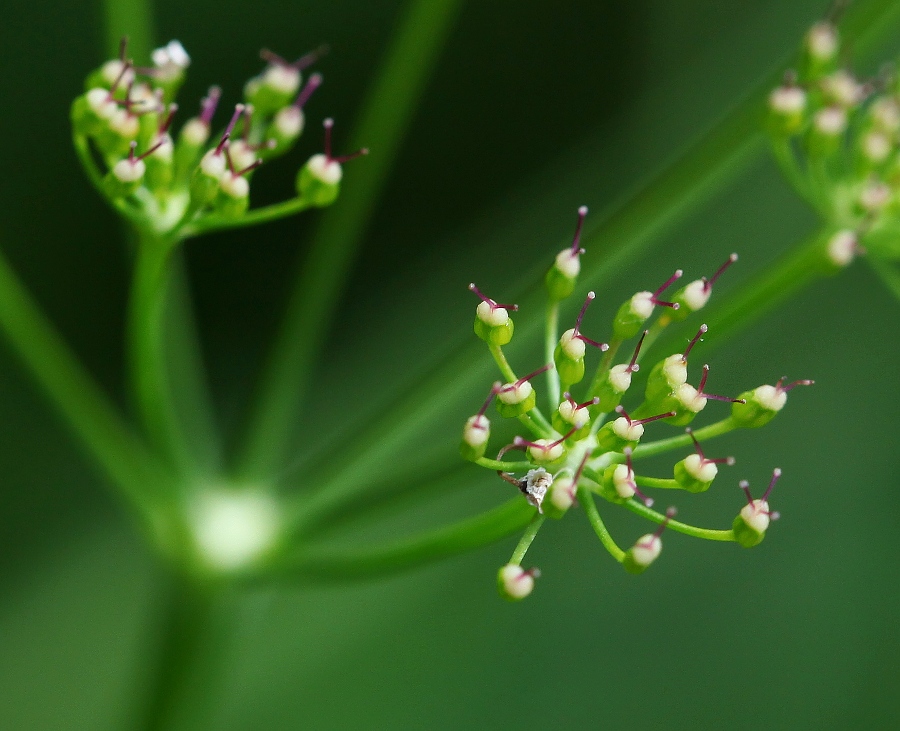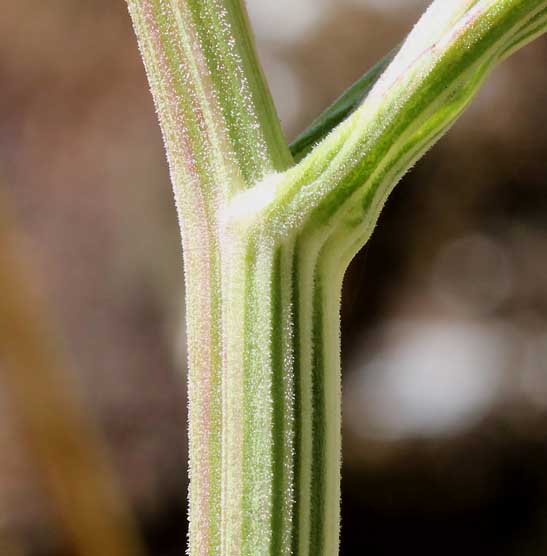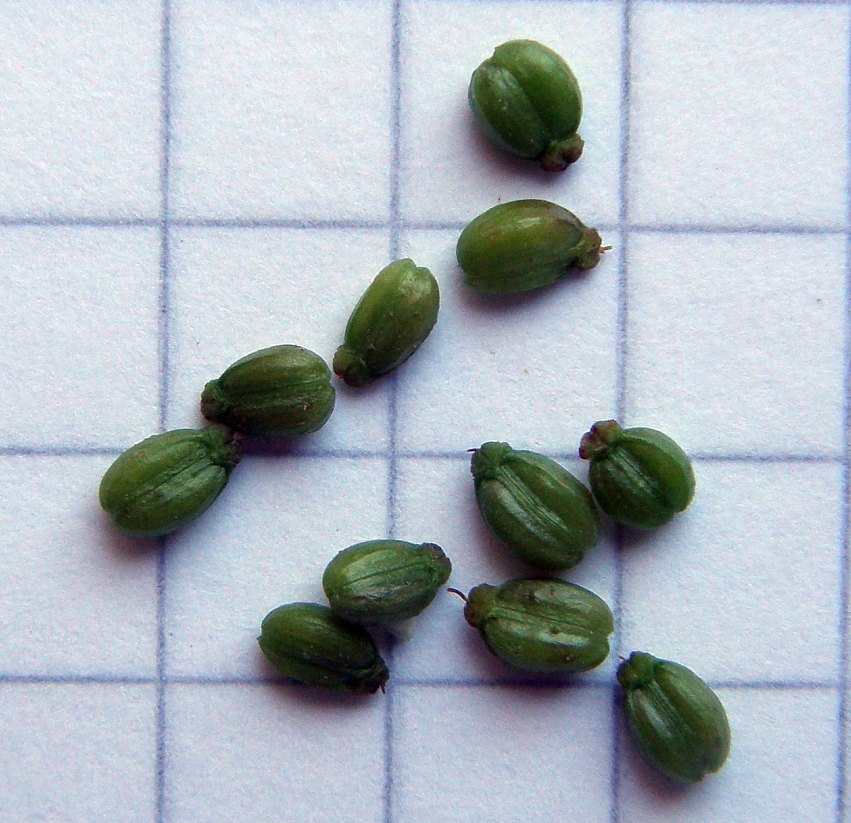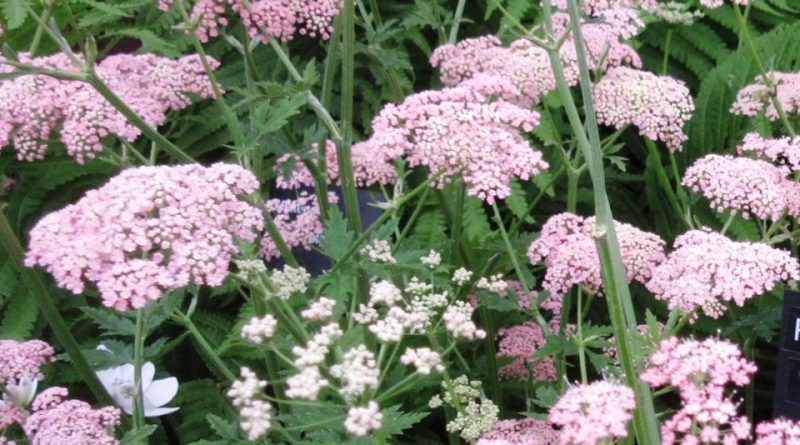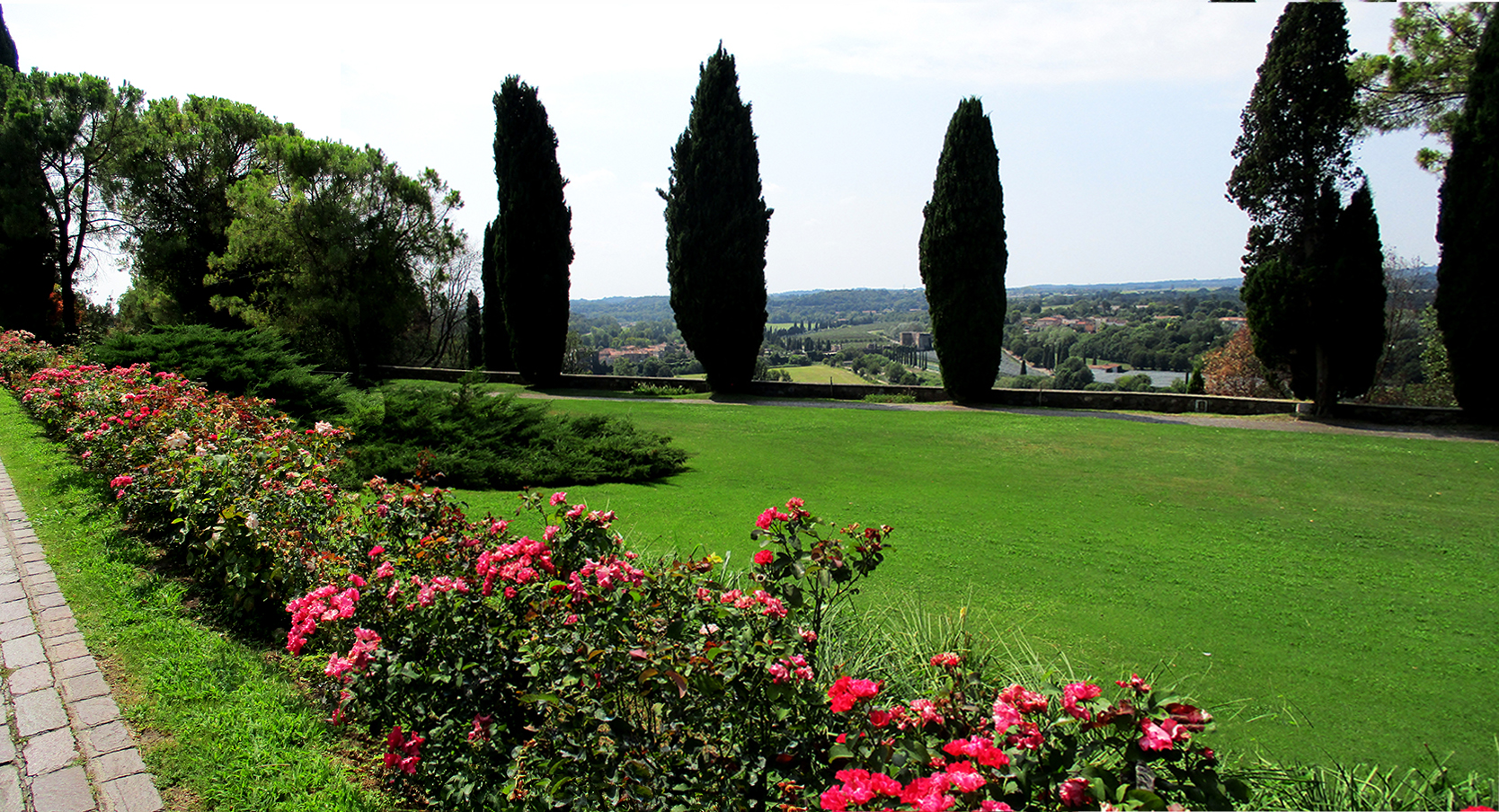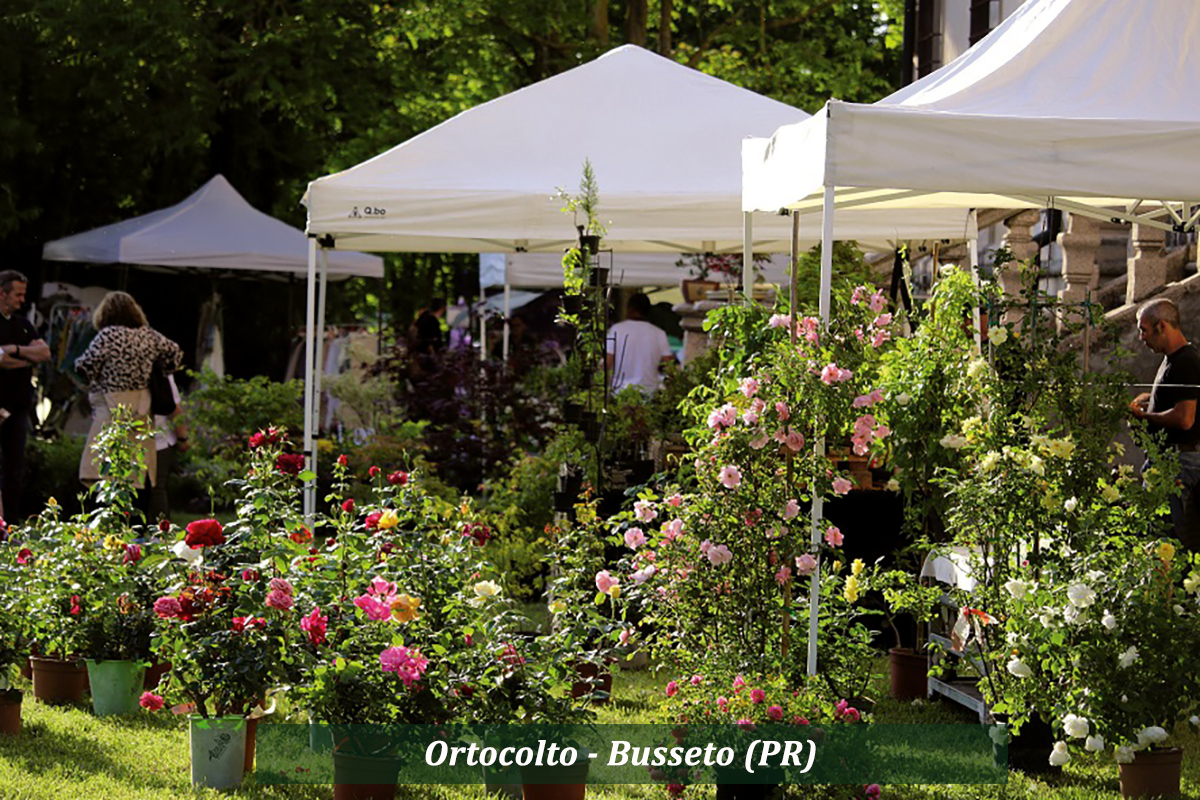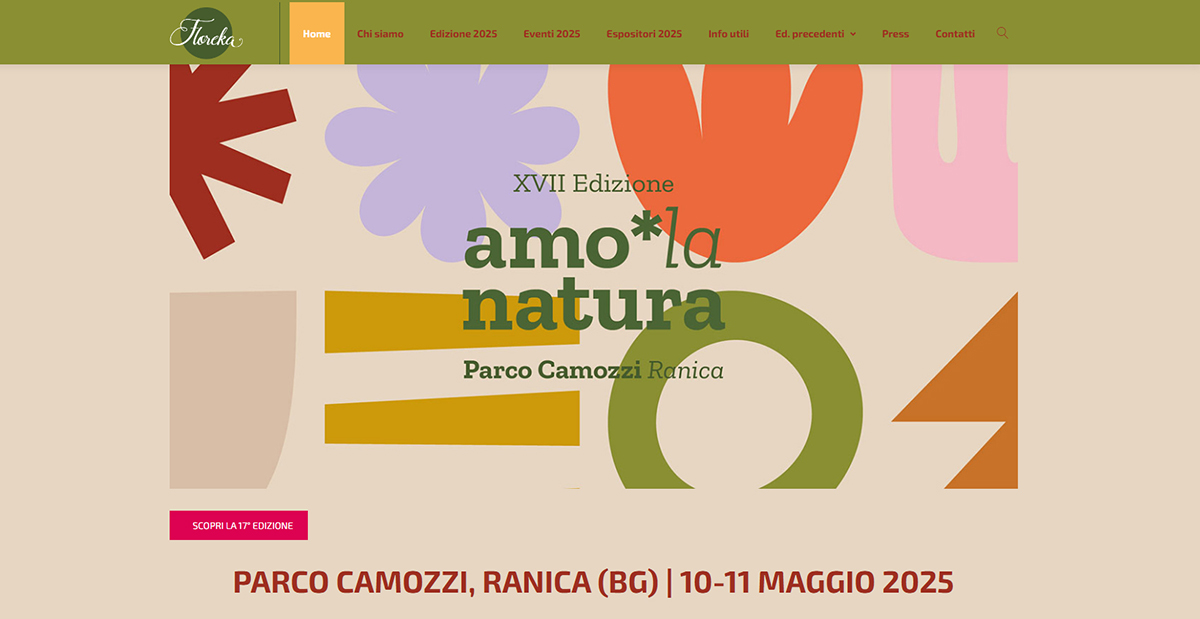The Greater burnet is a perennial herbaceous plant belonging to the Apiaceae family. It grows wild in European meadows and clearings up to 2,300 m. Non-toxic, it has carminative, tonic, and antioxidant properties. It is edible, fragrant, and decorative, even suited to stony and poor soils. Not susceptible to disease, it is easy to grow. In cooking, it is prized for the walnut-cucumber aroma of its young leaves.
IDENTIFICATION
Scientific name:
Greater burnet or Pimpinella major
Italian common name:
Pimpinella maggiore, Tragoselino maggiore, Salvastrella minore, Erba noce, Meloncello, Sorbastrella, Erba perseghina, Vellutino rosso, Olmet, Erba spezia, Cieuso, Gust (piemontese)
Family:
Apiaceae o Umbelliferae
Provenance:
Europa e Caucaso
Environment:
praterie, incolti, radure, sentieri, margini di strada, cedui e forre, con optimum nella fascia montana e si può trovare da 0 a 2300 metri di quota.
Evergreen or deciduous:
decidua
Toxicity:
no
PLANT RECOGNITION
Height:
da 30 cm. fino a 100 cm.
Width (extension):
fino a 50 cm.
Poise:
erect
Leaf:
Imparipinnate (compound leaves consisting of one or more pairs of leaflets arranged in pairs on either side of the central vein and ending at the apex with a single leaflet), with 9-11 segments up to 7 cm long. elliptical, serrated, green or turquoise green depending on the soil, shiny, ovate or oblong with a feathery appearance, very fringed and frequently with small dots; the basal leaves are petiolate.
Flower:
small, gathered in umbrella-shaped inflorescences with 11-16 globose and dense rays, they are usually hermaphroditic and vary from white to pink.
Flowering:
June – September
Fruit:
ovoid with a central rib gathered in large numbers in a small apple-shaped inflorescence, a false fruit containing 1-3 seeds.
Stem:
hollow, mostly glabrous, branched, and leafy. The root system is made up of one or more fibrous taproots, more or less finely branched.
Properties:
It contains flavonoids, tannins, triterpenes, phenols, terpenes, and fatty acids. Walnut grass has a carminative effect due to beta-sitosterol, caffeic acid, and quercetin, and a tonic effect due to high levels of beta-carotene, vitamin C, and vitamin E. Furthermore, its antioxidant properties are greater than those of regular salad greens due to its high polyphenol content.
The seeds and leaves are also consumed by non-human animals, including birds, rabbits, hares, and deer, and constitute an important source of food for them.
Some studies suggest that dried and powdered burnet can enrich vegetable oils, especially those low in antioxidants, such as corn or sunflower oil.
Perfume:
light
NEEDS
Maintenance:
low
Exposure to light:
From partial shade to full sun, it thrives best in full sun, where it receives direct sunlight for most of the day.
Soil type:
It prefers nutrient-rich substrates, especially sandstone. It tolerates various soil types, including rocky and sandy soils, where the leaves will be a turquoise-green. Moist and well-drained soil is ideal.
Soil acidity:
pH 6,0 – 7,0
Italian climatic area:
present in all regions of the peninsula with the exception of Sicily, Sardinia and Calabria, (an entity no longer found as indigenous).
Need water:
A plant that thrives in humid environments. Native to regions with consistent rainfall, it has developed a balance between water retention and utilization. Watering weekly will help mimic these conditions, maintaining the plant’s health. Being a herbaceous perennial, it goes dormant during the coldest and warmest months, requiring less frequent watering.
Propagation:
Sowing
Pruning:
This type of plant is not pruned unless you want to encourage bushier growth and remove dead or damaged stems. Prune old leaves and faded flower stems to the base. Regular pruning promotes air circulation, reduces the risk of disease, and encourages robust growth. For best results, make sure your pruning shears are clean to prevent the spread of pathogens.
Illnesses:
Generally resistant to diseases and pests, but can be susceptible to aphids and fungi if growing conditions are not optimal.
SPECIAL FEATURES
A perennial herbaceous plant. The genus name may derive from a corruption of the Latin word “bipennella” = two-pinned, indicating the arrangement of its leaflets in pairs. However, some believe it could also derive from the diminutive of “pampinus” = vine leaf, due to the similarity of its leaves to those of the vine. Finally, the name also corresponds to the Italian name of Rosacea Sanguisorba, also due to the similarity of the leaves.
The specific epithet major is the orthographically incorrect, but valid, form of maior, comparative of magnus grande: greater, bigger or longer (compared to other species of the same genus).
Annotations
In folk medicine, it is used as a gargle and rinse for oral and throat ailments, for digestive disorders, and, above all, as a secretolytic and expectorant.
Among its edible uses is the essential oil, extracted from the roots, which is used as a flavoring in candies, liqueurs, etc.
In the kitchen:
Burnet leaves have a rich, nutty aroma and a light cucumber flavor. Young leaves make a refreshing salad; they can be mixed liberally with winter vegetables, soups, creamy cheeses, and beverages.
The Mondo del Giardino advice
In the ideal home of Mondo del Giardino, the common burnet is grown to help people feel good, eat better, and enjoy beautiful and useful plants. If you’d like to learn more about the topic, you can download this PDF (in italian language): La Pimpinella
Now, let’s get to work! Our wonderful new outdoor space is about to be born!
GOOD WORK and…if you have any questions, please write to info@mondodelgiardino.com
Image sources: Thanks to Marinella Zepigi from actaplantarum.org for the cover and promessedefleurs.it for the social media image. Many thanks also to dryades.units.it, eagff.ch, promessedefleurs.it, infoflora.ch, Hans from Pixabay, Silvano Raivo from actaplantarum.org, wikipedia.org, ateinsubriaolona.it, Michael Reichelt from Pixabay, promessedefleurs.it, valgrande.it, Marinella Miglio from actaplantarum.org, Enrico Romani from actaplantarum.org, and antropocene.it for the closing image.


